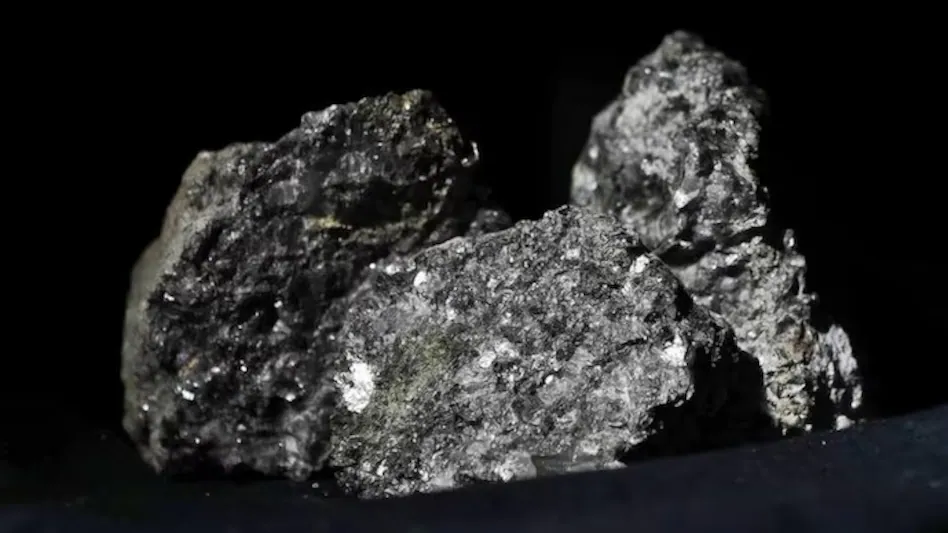Context:
Union Minister of State (Independent Charge) for Science and Technology and Earth Sciences, announced the discovery of lithium resources in Karnataka’s Mandya and Yadgiri districts.
Key Highlights
- The Atomic Minerals Directorate for Exploration and Research (AMD), conducted preliminary surveys and limited subsurface exploration in the Yadgiri district, identifying and estimating 1,600 tonnes (G3 stage/Preliminary Exploration) of lithium resources in the Marlagalla area of Mandya district.
Exploration Efforts Across India
- Other Potential Lithium Areas: According to the Union Minister AMD’s exploration efforts are going on in the following various regions:
- Korba District, Chhattisgarh
- Major mica belts in Rajasthan, Bihar, and Andhra Pradesh
- Pegmatite belts in Odisha, Chhattisgarh, and Karnataka.
Uranium Discovery in Himachal Pradesh
- AMD’s recent survey in Himachal Pradesh uncovered surface uranium in Masanbal, Hamirpur district.
- Uranium is a radioactive chemical element of the actinoid series of the periodic table, atomic number 92. It is an important nuclear fuel.
Development of Small Modular Reactors (SMRs)
- The Minister also emphasized that the Department of Atomic Energy is monitoring global developments and trends in small modular reactors (SMRs) but no proposal to collaborate with foreign vendors/ countries is under consideration at present.
Properties and applications of Lithium
- Lithium, discovered in 1817 by Johan August Arfswedson, derives its name from the Greek word “lithos,” meaning stone.
- It is the lightest metal on the periodic table, and lithium is highly valuable worldwide.
- Referred to as “white gold” for electric vehicles, it is primarily used in rechargeable batteries for mobile phones, laptops, digital cameras, and electric vehicles (EVs).
About the AMD
- AMD is headquartered in Hyderabad with seven regional centers, is the oldest unit of the Department of Atomic Energy (DAE), Government of India.
- Its primary mandate is to conduct geological exploration and discover mineral deposits essential for India’s nuclear power program.
What are Small modular reactors?
- Small modular reactors (SMRs) are advanced nuclear reactors with a power capacity of up to 300 MW(e) per unit, roughly one-third of traditional nuclear reactors.
It offers significant low-carbon electricity production and has these key features:

- Small: Physically a fraction of the size of conventional reactors.
- Modular: Systems and components can be factory-assembled and transported for installation.
- Reactors: Use nuclear fission to generate heat and produce energy.
- Fission is the process of splitting a large atom into two smaller atoms.

